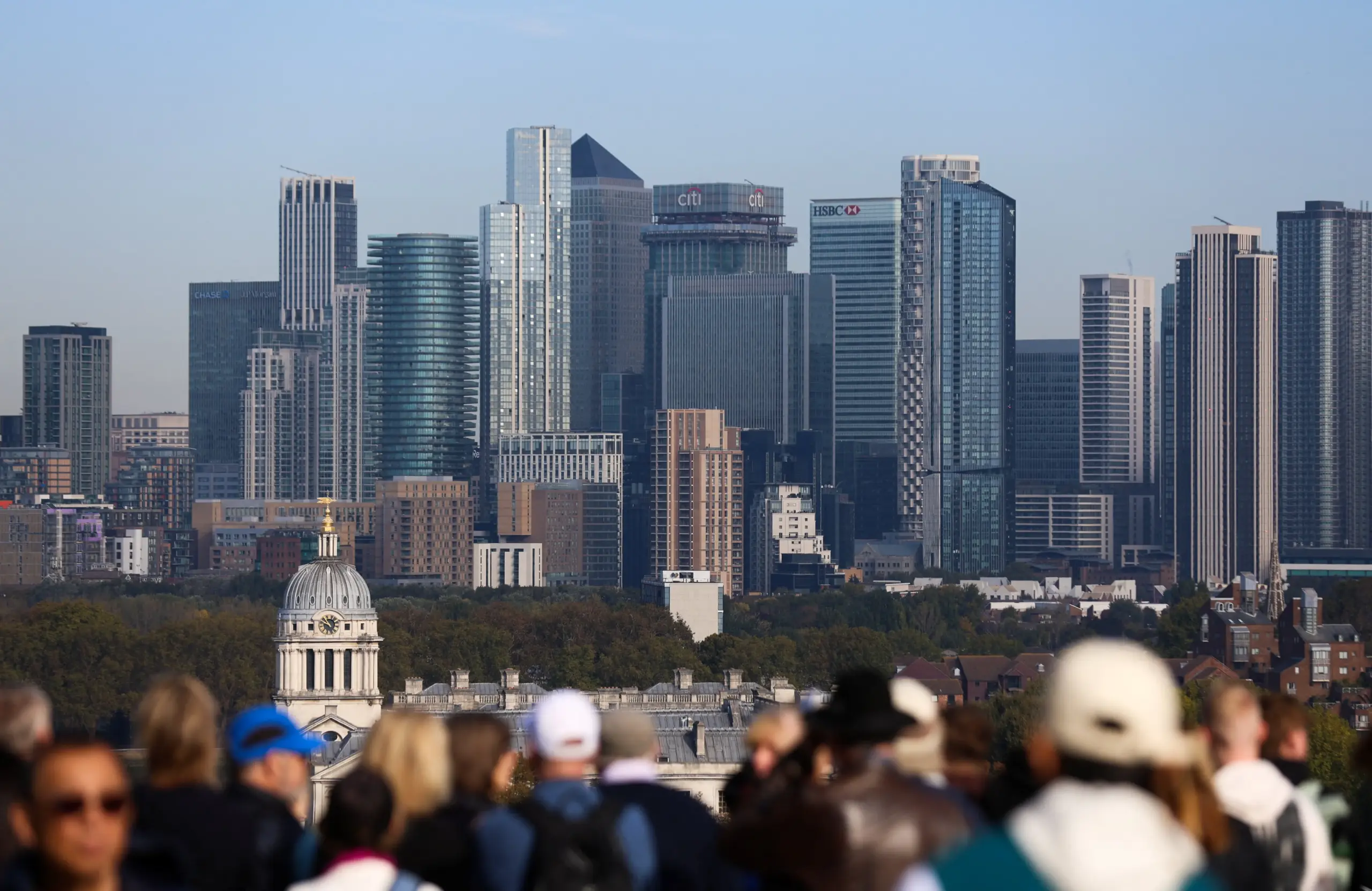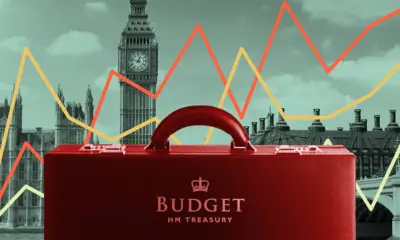Business
UK Economic Forecast 2025: London’s Financial District Eyes Slow but Steady Growth

The United Kingdom enters 2025 with cautious optimism as its economy begins to emerge from a period of turbulence. London, as the country’s financial core, reflects this slow but steady recovery. While national output is expected to grow modestly, the city’s capital markets, investment flows, and financial services remain key drivers of resilience. The challenge for policymakers and investors alike is to maintain momentum amid persistent inflation, geopolitical uncertainty, and shifting global financial trends.
Post Recession Recovery Under Cautious Conditions
The UK economy is showing early signs of post-recession recovery after a challenging period marked by sluggish quarterly growth. Gross domestic product is projected to rise by a modest 1.3 percent this year, placing the UK among the better performing G7 economies. However, this progress remains fragile. Recent figures show quarterly growth of 0.3 percent, a decline from earlier months when consumer confidence and business investment were slightly higher. Inflation continues to exceed target levels, putting pressure on household spending and borrowing costs.
London’s financial ecosystem mirrors this tentative progress. In the City, hiring across financial institutions has stabilized but not accelerated, and capital market activity remains selective. Many firms are prioritizing cost management and risk mitigation while waiting for clearer economic signals from the Bank of England and international markets. The broader mood is one of cautious optimism, with most stakeholders focused on preserving gains rather than pursuing aggressive expansion.
Capital Markets and Investment Inflows in Focus
London’s capital markets remain a critical barometer of the nation’s recovery. Equity markets have seen renewed investor interest, driven by expectations of stable policy and a gradual easing of inflationary pressures. Several major UK equity funds have recorded consistent inflows, suggesting that investor sentiment is beginning to turn. However, London’s share of global investment remains moderate compared to its pre-pandemic levels. Competition from financial hubs such as New York, Frankfurt, and Singapore continues to intensify, putting pressure on the City to innovate and adapt.
Investment inflows are also influenced by structural factors. The UK’s current account deficit widened during the second quarter of the year, reflecting higher dividend payments to foreign investors and increased imports. These patterns highlight the dual role of London as both a global financial magnet and a conduit for international capital. The city’s ability to attract long-term investment in infrastructure, technology, and sustainable finance will determine whether it can sustain this growth trajectory.
Foreign direct investment is beginning to show early signs of recovery, particularly in green energy and fintech sectors. Venture capital activity remains strong, supported by the government’s efforts to streamline regulatory approval processes and incentivize innovation. Yet the broader flow of global capital remains constrained by uncertainty surrounding interest rate movements and global supply chain realignments. For London to maintain its financial leadership, it must continue to enhance market transparency, foster cross-border cooperation, and promote its reputation for regulatory stability.
London-First Opportunities Amid Global Headwinds
Despite global headwinds, London retains several strategic advantages. The city remains one of the world’s leading financial centers, consistently ranking near the top of global competitiveness indexes. Its deep talent pool, robust legal framework, and strong infrastructure continue to attract international institutions. The government’s recent efforts to simplify business regulations and reduce compliance costs have also been welcomed by investors.
Still, challenges remain. The labor market has cooled as wage growth slows and unemployment edges upward. Businesses are adjusting to persistent inflation and higher borrowing costs, which have limited both consumer spending and corporate expansion. The Bank of England faces the delicate task of balancing inflation control with the need to support growth. Analysts expect monetary policy to remain tight through most of the year, delaying any significant rate reductions.
The City’s recovery will likely be steady rather than spectacular. Leasing activity in the financial district is gradually improving, and mergers and acquisitions show cautious signs of revival. Initial public offerings are slowly returning to the market, though not yet at pre-recession levels. The rise of green finance, sustainable investment funds, and digital banking platforms presents new opportunities for London to diversify its economic base. These emerging sectors could help offset the slower pace in traditional banking and asset management.
Conclusion
As 2025 unfolds, London’s financial district embodies the story of the broader UK econom, one of measured progress amid uncertainty. Growth is modest but resilient, investment yactivity is recovering, and the foundations of financial stability remain intact. To sustain this trajectory, policymakers and market participants must work together to strengthen productivity, deepen capital market access, and build investor confidence.
If London can capitalize on its global reputation and continue to adapt to new economic realities, it will remain a powerful engine for the United Kingdom’s economic growth. While the road ahead may not deliver rapid expansion, the steady recovery now underway signals that the city’s financial heartbeat is strong enough to support long-term prosperity.




















